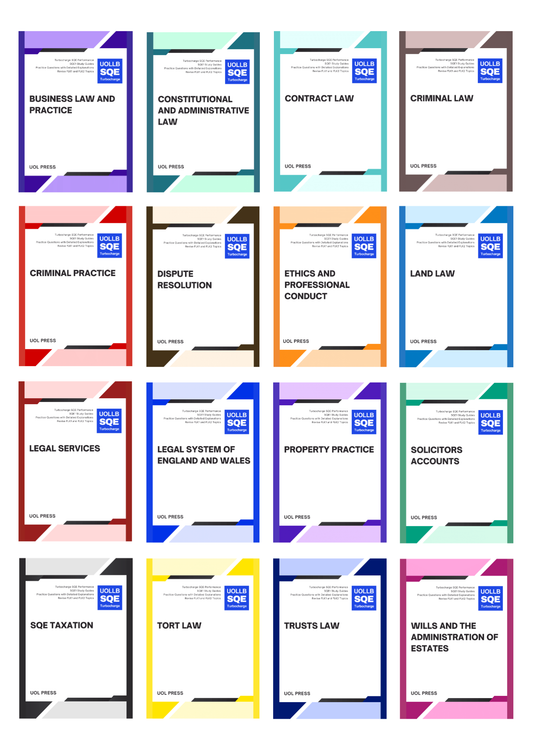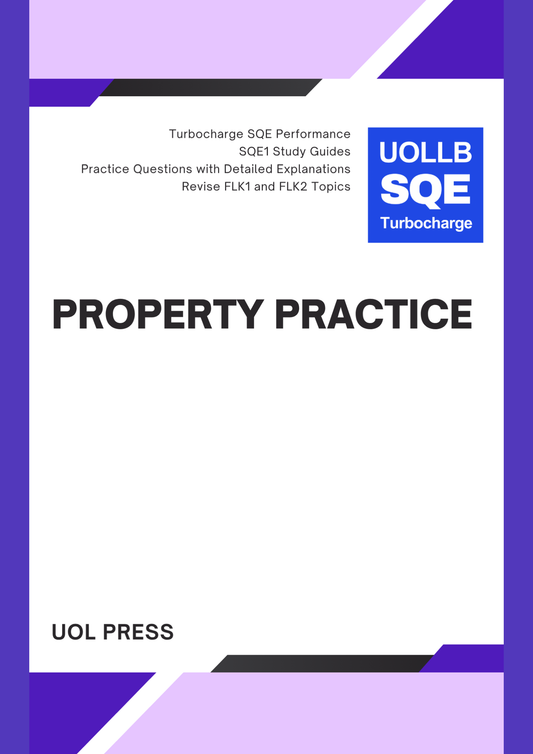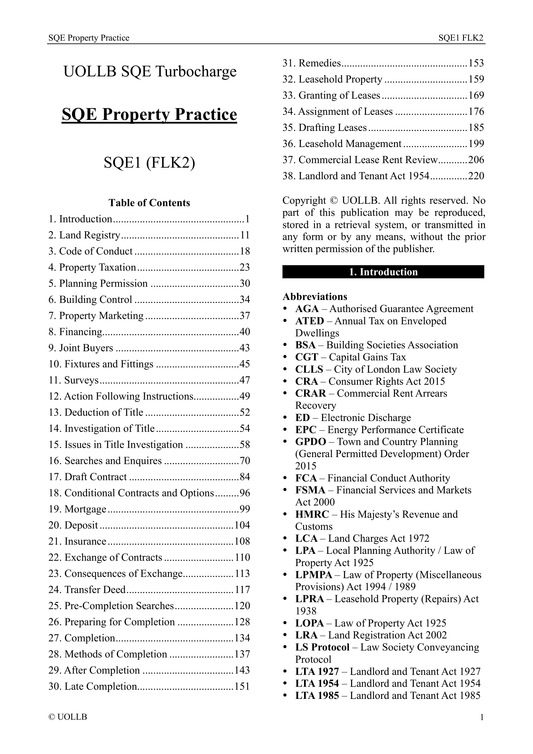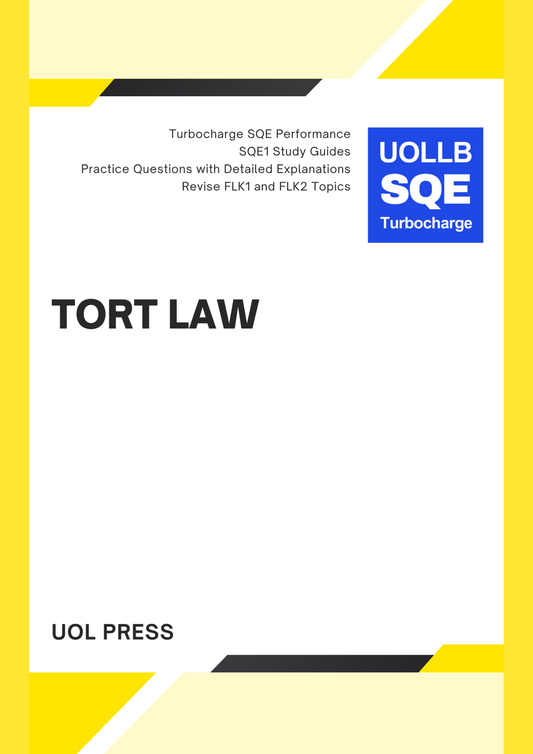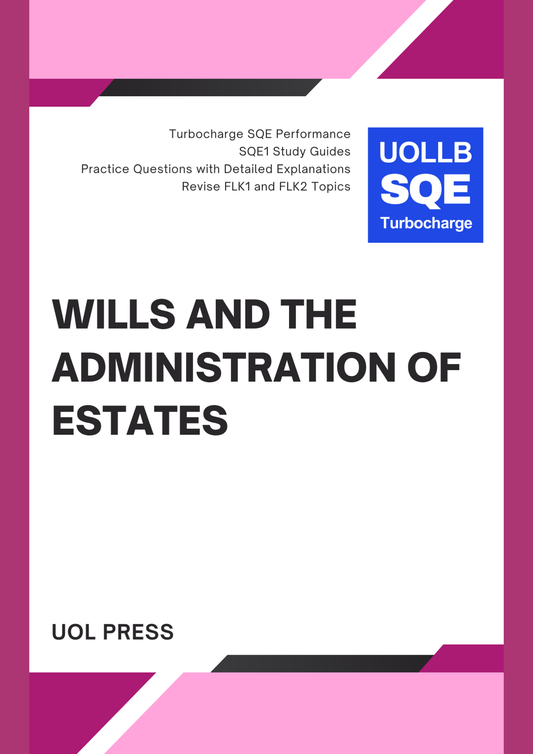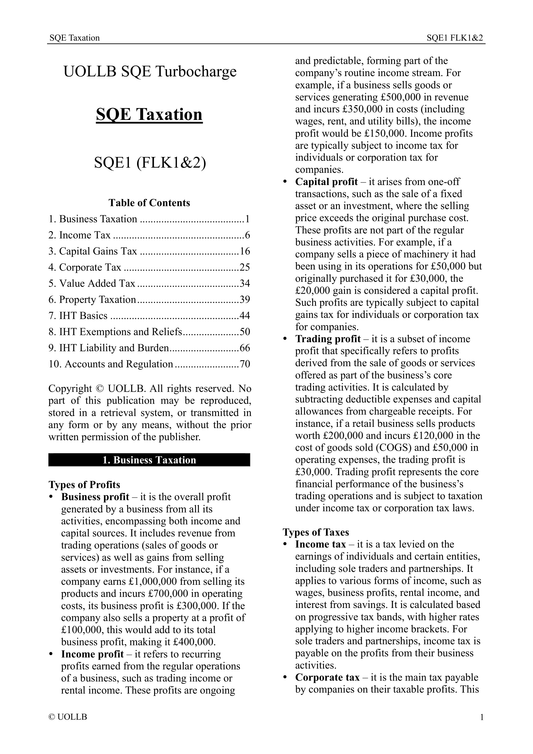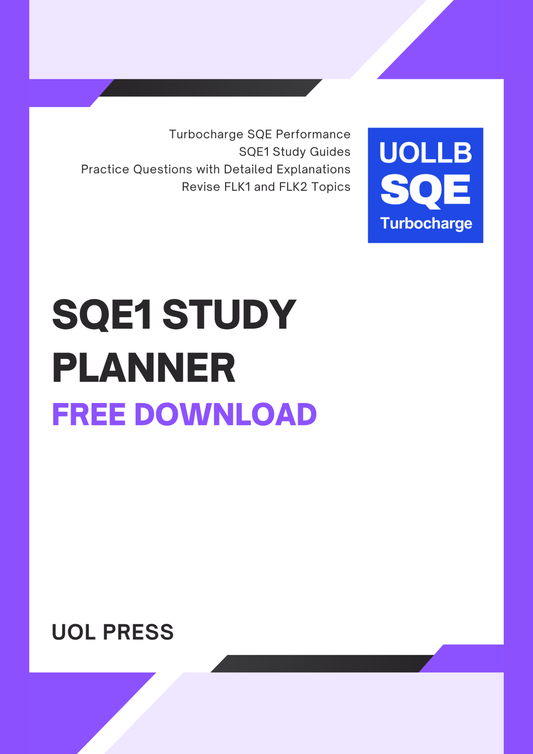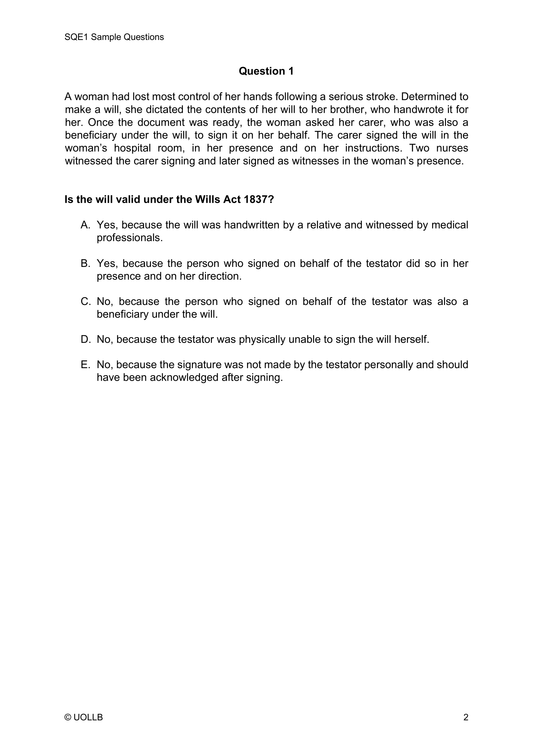SQE1 Marking
Share
The SQE Marking and Standard Setting Policy provides the framework for evaluating your performance in the SQE and determining the pass mark. Kaplan SQE, appointed by the SRA, is responsible for delivering and assessing the SQE and acts as the End Point Assessment Organisation for solicitor apprentices. This policy outlines the approach for marking the SQE1 assessments and setting the pass mark.
Marking SQE1 Assessments
SQE1 comprises two exams: Functioning Legal Knowledge 1 (FLK1) and Functioning Legal Knowledge 2 (FLK2). You must pass both FLK1 and FLK2 independently to pass SQE1. Each correct response in the assessments earns one mark, and there are no penalties for incorrect responses. Marks are aggregated to determine the total percentage for FLK1 and FLK2, respectively. These percentage scores are rounded to the nearest whole number to assess whether candidates meet the required pass mark.
Standard Setting for Pass Marks
The pass marks for FLK1 and FLK2 are determined by the SQE Assessment Board using the Modified Angoff method, supplemented by statistical equating and other recognised methods. The Modified Angoff method involves a panel of experienced solicitors who assess the likelihood that a just competent Day One solicitor would answer each question correctly. These judgments are based on the Threshold Standard outlined in the SQE1 Assessment Specification. The panel’s training and discussion ensure that their evaluations align with the competencies expected of a newly qualified solicitor. The averaged judgments across all questions provide an initial indication of the pass mark or cut score.
To enhance reliability, statistical equating is used to account for differences in difficulty between assessment iterations. This involves comparing candidate performance on common and unique questions across exams. This process ensures a consistent standard for passing regardless of slight variations in exam difficulty.
Adjustments for Measurement Error
The precision of the pass mark is further refined by considering the Standard Error of Measurement, which accounts for any assessment inaccuracies. A correction is applied to ensure that the final pass mark provides sufficient assurance that candidates who pass demonstrate the necessary competence. This correction ensures fairness and accuracy in distinguishing between those who are competent and those who are not. The finalised pass mark is then rounded to the nearest whole number.
Marking SQE1 Assessments
SQE1 comprises two exams: Functioning Legal Knowledge 1 (FLK1) and Functioning Legal Knowledge 2 (FLK2). You must pass both FLK1 and FLK2 independently to pass SQE1. Each correct response in the assessments earns one mark, and there are no penalties for incorrect responses. Marks are aggregated to determine the total percentage for FLK1 and FLK2, respectively. These percentage scores are rounded to the nearest whole number to assess whether candidates meet the required pass mark.
Standard Setting for Pass Marks
The pass marks for FLK1 and FLK2 are determined by the SQE Assessment Board using the Modified Angoff method, supplemented by statistical equating and other recognised methods. The Modified Angoff method involves a panel of experienced solicitors who assess the likelihood that a just competent Day One solicitor would answer each question correctly. These judgments are based on the Threshold Standard outlined in the SQE1 Assessment Specification. The panel’s training and discussion ensure that their evaluations align with the competencies expected of a newly qualified solicitor. The averaged judgments across all questions provide an initial indication of the pass mark or cut score.
To enhance reliability, statistical equating is used to account for differences in difficulty between assessment iterations. This involves comparing candidate performance on common and unique questions across exams. This process ensures a consistent standard for passing regardless of slight variations in exam difficulty.
Adjustments for Measurement Error
The precision of the pass mark is further refined by considering the Standard Error of Measurement, which accounts for any assessment inaccuracies. A correction is applied to ensure that the final pass mark provides sufficient assurance that candidates who pass demonstrate the necessary competence. This correction ensures fairness and accuracy in distinguishing between those who are competent and those who are not. The finalised pass mark is then rounded to the nearest whole number.

